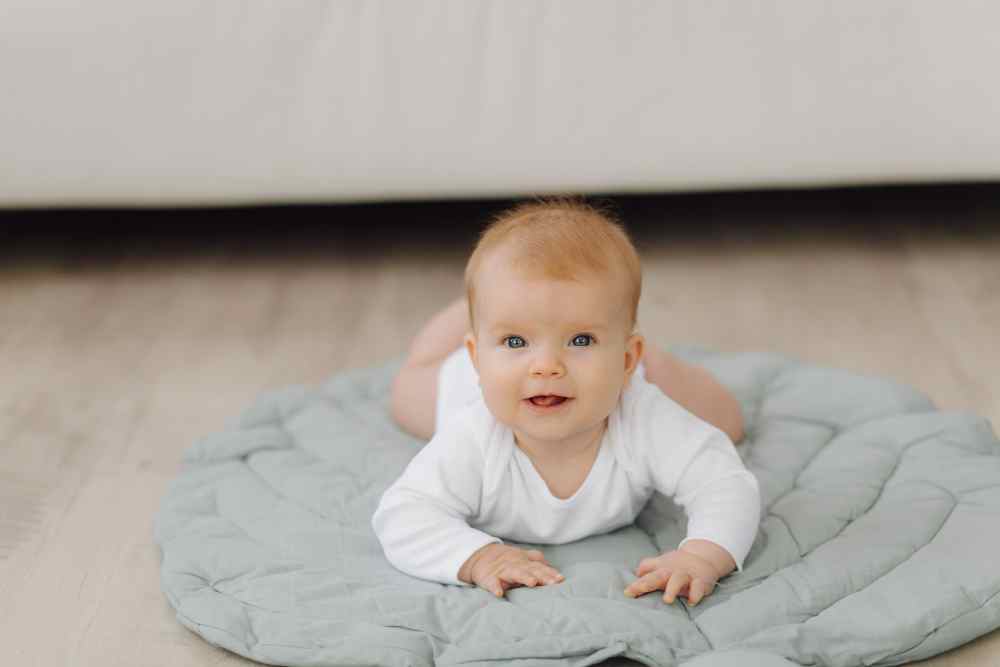Introduction
Congratulations on the arrival of your precious little one! As a seasoned physician with 25
years of experience, I understand that navigating the world of diapering can be both
exciting and overwhelming for new parents.
Diapering your newborn is an essential skill that requires gentle care and attention.
In this article, I will provide you with step-by-step guidance and expert tips on how to
diaper your baby, ensuring their comfort and hygiene.
Step-by-Step Guide to Diapering Your Baby
Gather the Supplies:
Before you begin, gather all the necessary supplies within reach.
You will need clean diapers, wipes,diaper rash cream (if needed), and a clean changing pad or soft cloth.
Create a Safe Changing Area:
Choose a clean, flat surface for diaper changing. You can use a changing table, a padded
changing pad on a sturdy surface, or even a bed covered with a waterproof pad.
Ensure the area is secure and free from hazards.
Prepare Your Baby:
Lay your baby gently on the changing surface, making sure they are secure and
comfortable.
Unfasten the current diaper but keep it loosely in place to prevent any accidents.
Clean the Diaper Area:
Use baby wipes or a clean damp cloth to gently cleanse your baby’s diaper area.
Wipe from front to back to avoid spreading any bacteria.
Pay extra attention to the folds and creases to ensure thorough cleaning.
Lift the Baby’s Legs:
To remove the soiled diaper, gently lift your baby’s legs by holding onto their ankles or
thighs.
Use this opportunity to fold down the front part of the dirty diaper and wipe away any
remaining mess.
Dispose of the Soiled Diaper:
Roll up the soiled diaper, tape it closed (if using disposable diapers), and set it aside to be
properly disposed of in a designated diaper bin or trash receptacle.
Apply Diaper Cream (if necessary):
If your baby’s skin is irritated or prone to diaper rash, apply a thin layer of diaper cream or
ointment to protect and soothe their delicate skin.
Be sure to follow the instructions provided by your healthcare provider.
Position the Clean Diaper:
Open a fresh, clean diaper and position it under your baby, making sure the back is
aligned with their back and the front is positioned between their legs.
Secure the Diaper:
For disposable diapers, use the adhesive tabs on the sides to fasten the diaper snugly but
not too tight.
For cloth diapers, secure the diaper using the appropriate fasteners or snaps, ensuring a
comfortable fit.
Double-Check for Comfort:
Run your fingers along the leg cuffs and waistband of the diaper to ensure it is positioned
correctly and does not pinch or rub against your baby’s delicate skin.
Once the new diaper is secure, gently lower your baby’s legs and dress them in clean
clothing.
Take this opportunity to engage in some gentle bonding and affectionate moments.
Tips for Successful Diapering
Keep Supplies Handy:
Keep a well-stocked diaper changing station with all the necessary supplies within arm’s
reach to avoid leaving your baby unattended.
Maintain Hygiene:
Remember to wash your hands thoroughly before and after each diaper change to
minimize the risk of infections.
Be Mindful of Diaper Size:
Ensure the diaper size is appropriate for your baby’s weight and age.
A well-fitting diaper helps prevent leaks and keeps your baby comfortable.
Check for Wetness:
Regularly check your baby’s diaper to ensure it is dry and clean.
Changing diapers promptly helps prevent diaper rash and discomfort.
Establish a Routine:
Set up a diaper changing routine that works for you and your baby.
Consistency can help create a sense of security and predictability.
Conclusion
Mastering the art of diapering is an essential skill for any new parent.
By following this step-by-step guide and implementing the expert tips provided, you can
confidently diaper your newborn with care and efficiency.
Remember, diapering is an opportunity for bonding and nurturing your baby, so embrace
these moments with love and patience.











